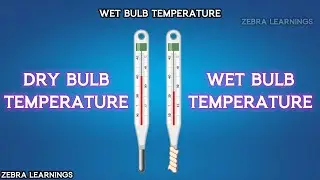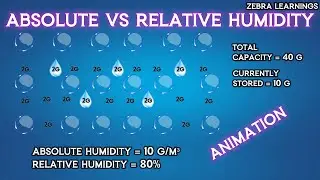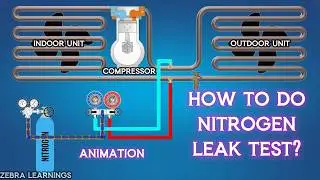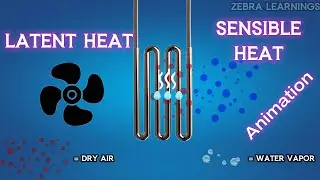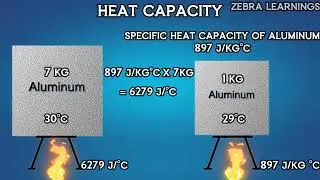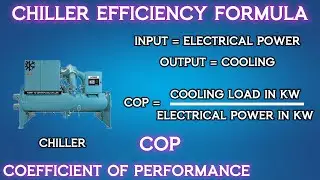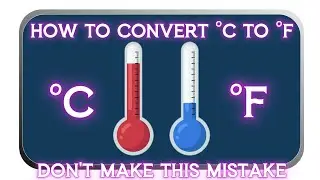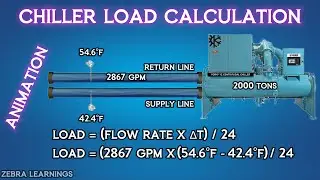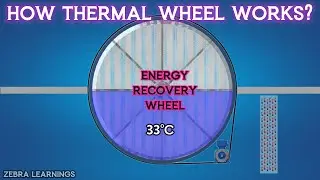Dew Point Temperature Explained | Animation |
Dew point temperature is the temperature at which air becomes saturated with moisture and water vapor begins to condense into liquid. It is a crucial concept in HVAC (Heating, Ventilation, and Air Conditioning) systems because it affects both comfort and efficiency.
Key Points About Dew Point Temperature:
Humidity Indicator: The dew point temperature is a direct measure of the amount of moisture in the air. A higher dew point means more moisture.
Comfort: The dew point affects human comfort. A dew point below 60°F (15.5°C) is generally comfortable, while a dew point above 65°F (18°C) feels humid and uncomfortable.
Condensation and Mold: When surfaces in a building reach the dew point temperature, condensation can occur. This can lead to mold growth and other moisture-related problems.
Energy Efficiency: Managing the dew point is essential for energy-efficient HVAC operation. Dehumidification processes are often used to lower the dew point, reducing the cooling load.
How It's Used in HVAC Systems:
Dehumidification: HVAC systems often include dehumidifiers to remove excess moisture from the air, lowering the dew point and improving comfort.
Cooling: When air is cooled to the dew point temperature, moisture condenses out. This is why air conditioning systems often drip water—they are removing moisture from the air.
Air Quality: Maintaining a proper dew point helps in maintaining indoor air quality by preventing excessive moisture, which can lead to mold and other issues.
Absolute and Relative Humidity
• Absolute Humidity vs Relative Humidit...
Some of the images downloaded from pngtree.com.









